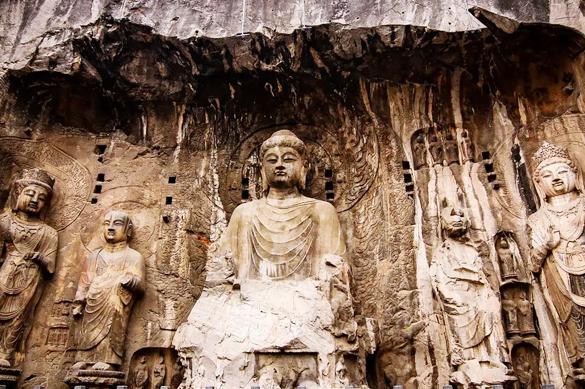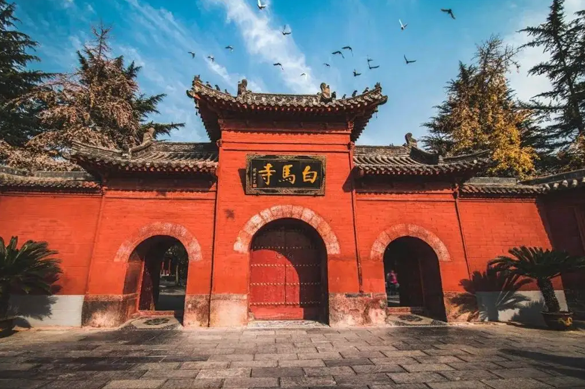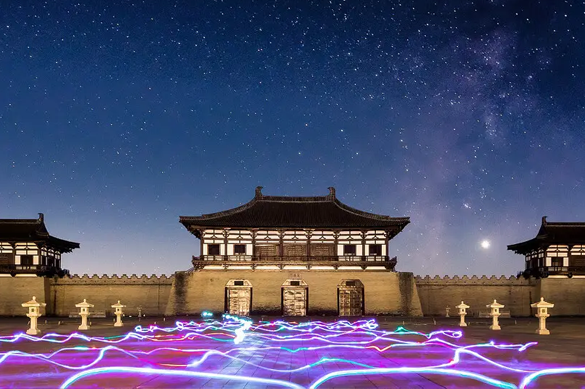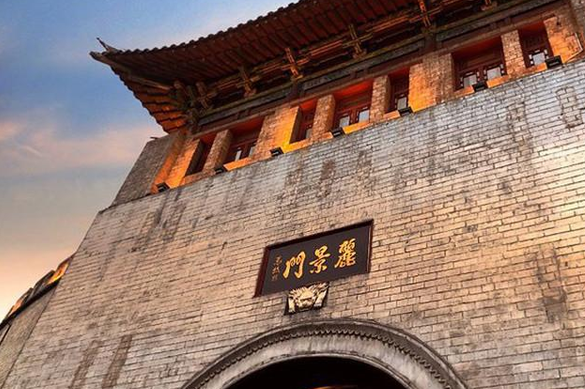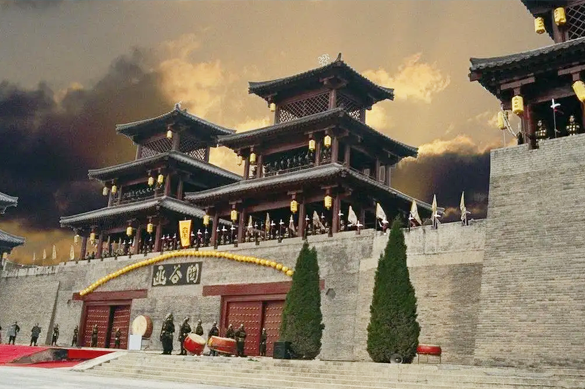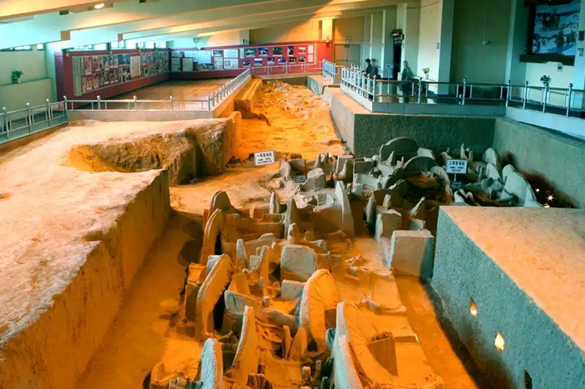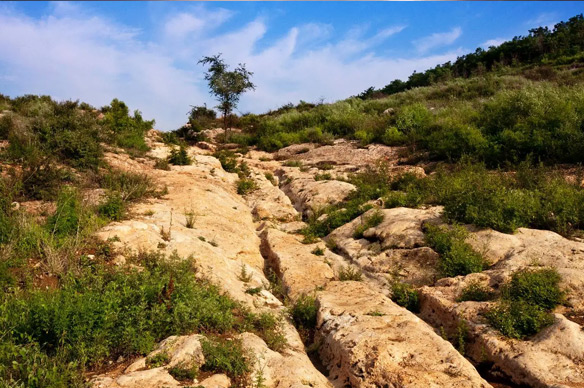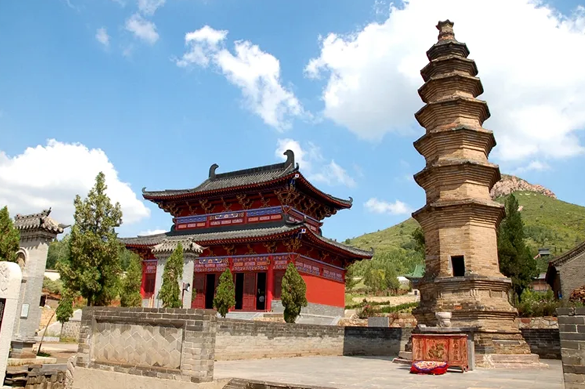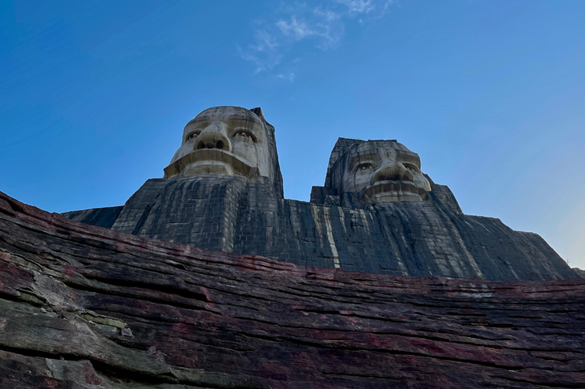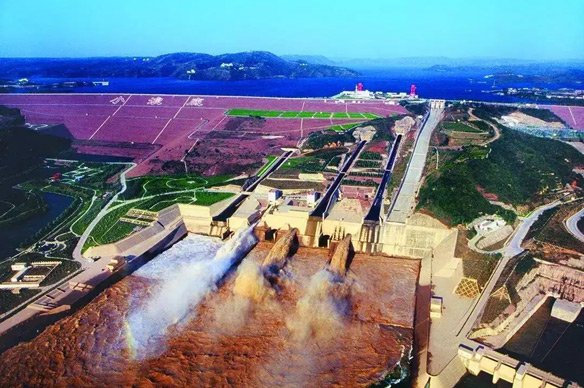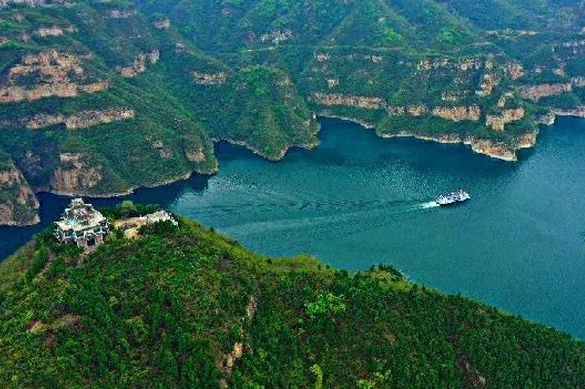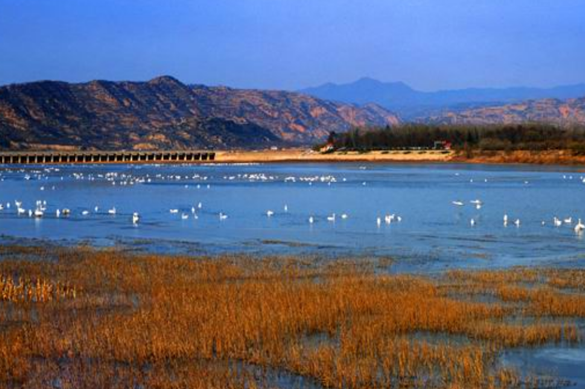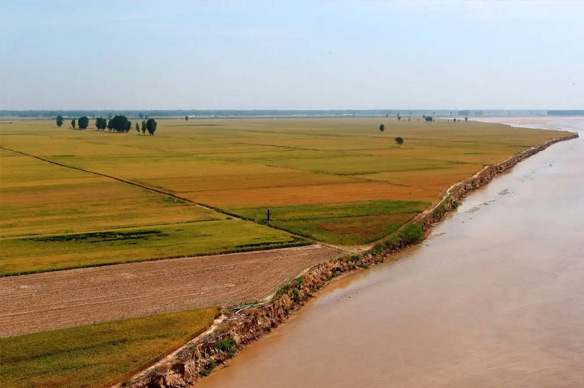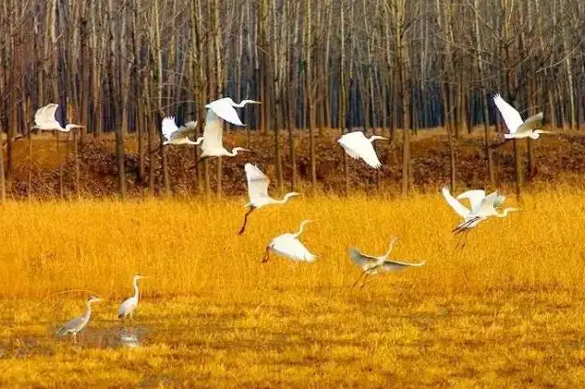EXPLORING CIVILIZATION OF YELLOW RIVER & SILK ROAD
RELICS OF SILK ROAD 丨 TOURIST ATTRACTIONS ALONG YELLOW RIVER
Starting from Luoyang and extending all the way to Central Asia, western Asia and the eastern shores of the Mediterranean, the great Silk Road emerged on the world's map around 2,000 years ago. As a bond connecting the western and eastern civilizations of the Eurasian continent, the Silk Road left behind numerous historical relics and a profound cultural heritage in Henan. The Yellow River, known as the “Mother River”, flows through the middle Henan Province, sowing seeds of the Chinese civilization along the way. The river is dotted with unique attractions, such as Sanmenxia Dam, Yellow River Three Gorges, Xiaolangdi Dam and the Suspended River, among many others.

